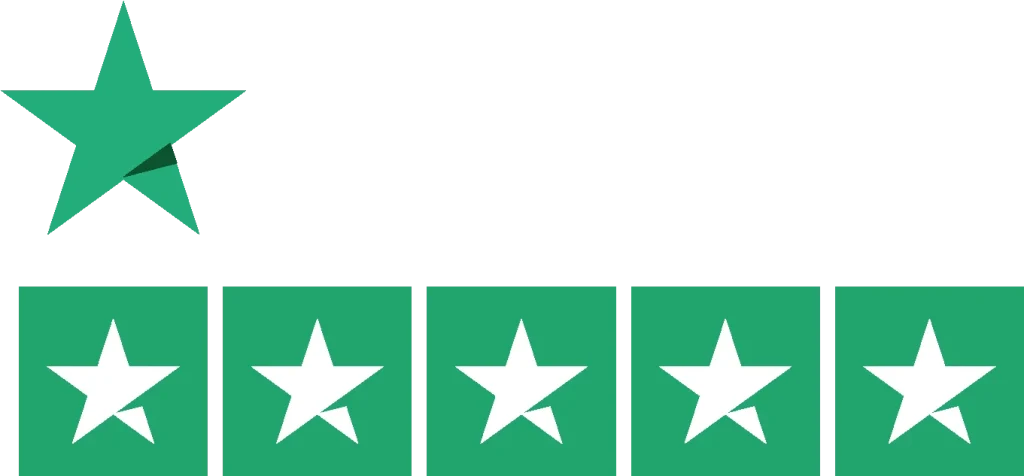Many claim that nonfiction books are easier to write than fiction books. While fiction isn’t a piece of cake, that doesn’t imply that anyone can effortlessly pen a non-fiction book. The genre itself is like quicksand. It might not seem daunting at first. But you find yourself sinking deeper and deeper once you step in.
Setting metaphors aside, writing a nonfiction book may be different than fiction. But it’s no less demanding. Fiction writers can outline the narrative and freely develop characters, but even famous non fiction writers can’t just “go with the flow.” They need to plan thoroughly.
Thinking of giving up on your first nonfiction idea? Already searching for alternatives? It’s best to get familiar with nonfiction writing before you jump to conclusions.
Our non-fiction writers for hire have shortlisted all the necessary information to kickstart your non-fiction journey. So, follow along!
How to Plan the Best Nonfiction Book: 6 Steps to Follow
Nonfiction books require strategic planning and proper implementation to succeed. Here’s how you can ace your upcoming nonfiction book and join the list of famous non fiction writers.
- Clarify the Scope
- Understand the Subgenre
- Select a Structure
- Draft an Outline
- Pick Your Style Guide
Let’s get you going.
1. Clarify the Scope
Gaining clarity of scope is one of the initial and most crucial aspects of finessing a nonfiction book. Most non-fiction ghost writers emphasize being straightforward with your requirements. Classify what you want to achieve with the book. This streamlines the entire process.
2. Understand the Subgenre
After understanding the desired outcome, choose the subgenre of nonfiction. The choice will determine the direction of your book. Here are some options:
- Narrative nonfiction: It’s one of two main categories of nonfiction. It’s popularized as creative or fictitious nonfiction. In this genre, real-life stories are presented in a creative way similar to a novel. These books consist of factual events and prose but in a captivating tone. The common examples of this genre are memoir, biography, and
- Expository nonfiction: It presents the details and events in an upfront tone. This genre doesn’t include any creative twists or superfluities in the narrative. It solely focuses on telling the story as clearly as possible. It gravitates towards using formatting to improve its content quality. The common examples of this genre are textbooks and self-help books.
3. Select a Structure
Finalize the desired structure prior to drafting your story. The right structure will effectively highlight all major points of the story. The following are four famous structures actively sought after by seasoned non-fiction writers for hire.
- The Traditional Three-Act Structure
- Manipulating Time
- The Circular Structure
- The Parallel Structure
4. Draft an Outline
After deciding on the structure, the next step is the outline. Many expert non-fiction ghost writers recommend making one that highlights all the main points of the book. Here are some steps for creating a draft:
- Choose the target audience
- Write down your big ideas or topics
- Do some research to find helpful information
- Group your ideas into chapters
- Plan how the book will start and end
- Organize the chapters in a clear order
- Add smaller sections or points under each chapter
- Include key lessons or messages for readers
- Check if everything makes sense and flows well
5. Pick Your Style Guide
A style guide is critical for maintaining consistency and coherence. It ensures that all elements of your writing align with a unified vision. The best non fiction writers for hire recommend addressing the following aspects in your style guide:
- Point of View: Decide whether you’ll use the first person or second person.
- Style of Listing: Determine if you’ll use numbered lists, bullet points, or a narrative approach for presenting information.
- Formatting: Choose preferences for spacing, margins, font type, and overall layout.
6. Write, Write, Write
Now that all is set, you’ve got a guideline and know all the details. Start writing the book. Follow the said guide and elaborate on each sub-topic accordingly.
You can confidently pen your book now that you know exactly how to begin your nonfiction book. But don’t stress, as we’re right here to assist you during this process.
Digital Encyclopedia takes pride in being one of the best firms out there, providing efficient, reliable, and premium quality ghostwriting services. We have the best non fiction writers for hire who can deliver gripping nonfiction books with remarkable and timely execution.
Contact us to avail our incredible non fiction writing service today!
Frequently Asked Questions
What are the 7 elements of nonfiction?
Just like other genres, non-fiction also has specific elements that are the core of this genre. Here are the seven of these:
- A Clear Idea
- A Strong “Method”
- Supporting Statements
- Steady Structure
- Perfectly Described Visuals
- Glossary and Index
- A Good Moral
What are the three main types of nonfiction?
Nonfiction is a vast genre. It generally fits into the following categories:
- Expository Nonfiction: Inform readers on specific topics
- Narrative Nonfiction: Tells a true story
- Persuasive Nonfiction: When the author claims for their side against someone else
- Descriptive Nonfiction: It uses sensory language to convey a specific topic
What are the rules of non-fiction?
There are four core rules followed by the authors while writing nonfiction books. They are as follows:
- Offer Factual Information: Only add factual details
- Switch Points of View: Switch from 1st POV to 3rd if necessary
- Describe Clearly: Describe the setting vividly
- Include Literary Techniques: Technical execution will make the flow seamless
What is the most popular nonfiction genre?
Nonfiction books involve many enticing genres to look forward to. That being said, the following are some of the many unique and broadly loved genres:
- Biographies
- Religion and Spirituality
- Personal Finance
- True Crime
- Philosophy
- Self-Help
- Health and Wellness
- Autobiographies
- Memoir
- History
What are the 5 Rs of creative nonfiction?
The nonfiction genre has the 5 Rs that make the content optimal, aligning with the requirements. They are:
- Real life
- Research
- Write
- Reflect
- Read
Remember that these 5 Rs can refine your work and assist you with creative nonfiction writing.




